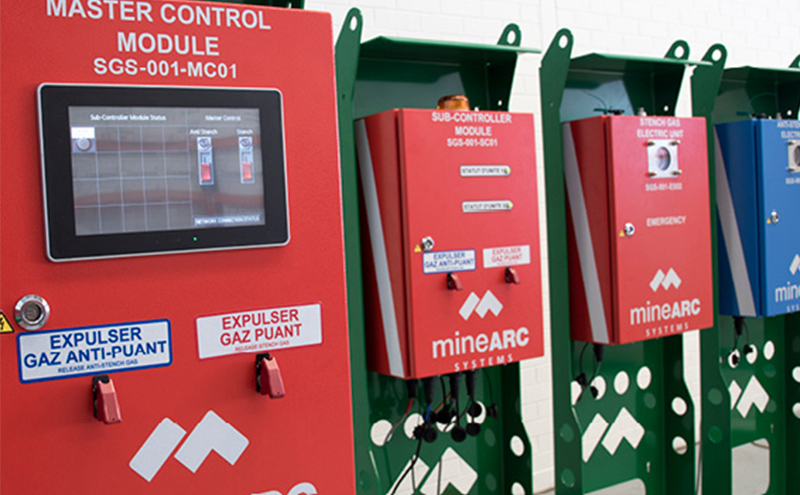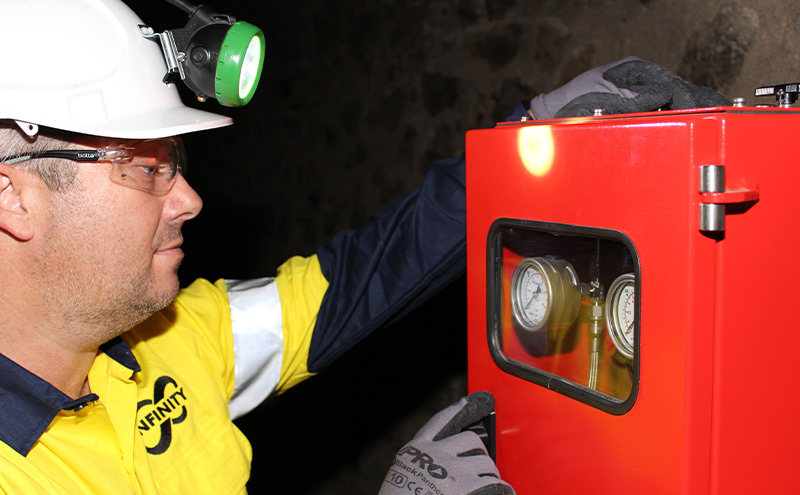Good communication systems are fundamental to all aspects of a tunnelling project, including risk management and emergency response. In tunnelling, emergency communication systems distribute information and instructions, manage emergency response personnel and plans, and initiate an evacuation.
Underground construction is high risk; the extensive length and size of a tunnel through unknown rock strata poses the continual threat of rockfall or flooding.
Workers can often be remotely located or even isolated along different stages of development. So, how do you communicate with personnel out of reach?
Risk control is in place for the protection of employees and the successful completion of a project. Safe construction in underground environments cannot be completed without an in-depth emergency response plan.
Identifying risks is critical. Accidents, as a result of an unsafe work environment, particularly on transport projects, can draw public criticism and add unnecessary costs or delays, in addition to the personal cost of injury or life. Real-time early warning systems help prevent accidents, mitigate project inefficiencies, and improve safety management.

Tunnel Emergency Communication Systems
Tunnelling and underground construction produce noisy environments, which can cause difficulties in communications. Traditional emergency alert systems in tunnelling include the following methods:
- Audible communications such as radios, fixed phones, or bells
- Visual communications such as signal codes and coloured lights
A progressive early warning system is stench gas, a popular emergency alert method in underground hard rock mining. Although not widely adopted by the tunnelling industry, stench gas in underground construction is beginning to grow.
Stench Gas Emergency Communication Systems
Stench Gas is an emergency alert system designed to suit noisy environments where audible alarms may not be heard. During an emergency, the distinct and recognisable odour is rapidly dispersed through the ventilation system, prompting personnel to head to a safe area.
Stench gas is a practical and far-reaching alert system; due to internal ventilation and the ability to work independently from underground communication systems such as radios or lighting.
MineARC Stench Gas Units contain three main components, in a manual and electric format:
- Stench Gas: A malodorous gas used to identify risk and provide an olfactory warning to personnel where visual and audible alerts may not be adequate.
- Anti-Stench: Anti-stench works as a flushing agent to clean the compressed air lines.
- Wintergreen: A more pleasant smelling gas commonly used as an “all-clear” signal, indicating that the tunnel and personnel can leave the safe area and return to work or the surface. Wintergreen can also be used as an alternative to stench gas.
Where visual or audible alarms may not be heard, stench gas can be initiated quickly through electric or manual activation, triggering personnel to commence emergency procedures.

Stench Gas in Tunnelling and Underground Construction
In addition to current tunnelling emergency communication systems, stench gas offers extra protection. The alert system is designed for tunnel shafts and large construction such as metro tunnel projects. Therefore, it can warn tunnelling crews in a noisy environment who may not have portable radios.
Each tunnelling project is different, and Stench Gas can be customised to suit the sites individual needs, ranging from a basic manual unit to a fully electric system. MineARC can assist in the placement of the units for proper dispersion.
Effective communication systems in tunnelling and underground space construction will prevent accidents and project delays. Beyond traditional methods, the industry can look towards incorporating additional early warning systems to ensure all personnel’s safety.







